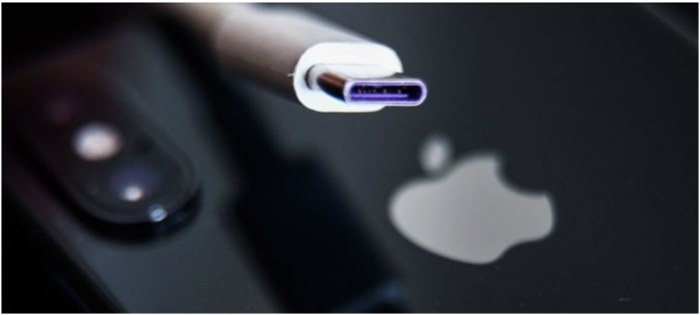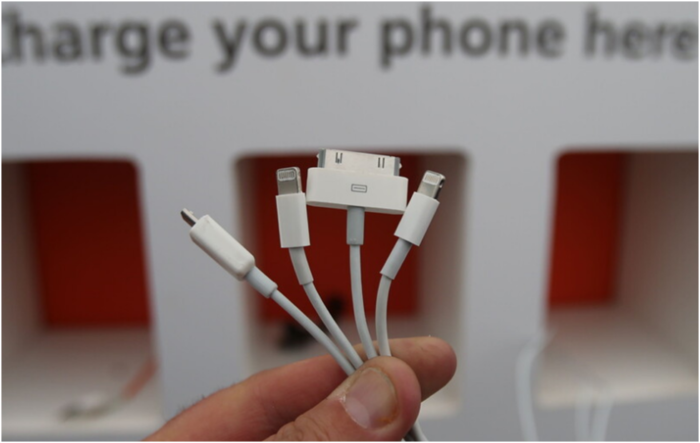USB-C The Way For Uniform Charging Cables From 2024
In the future, smartphones, tablets, and other devices like these will all be charged the same way across the EU. So, the EU Parliament agreed with an idea from the European Commission. Starting in the fall of 2024, European law will force manufacturers to use the USB-C standard.
In June 2022, the EU Commission came to an agreement on a single standard for charging. The plans have now been okayed by the European Parliament. So, the law says that all electronics made after 2024 must have a USB-C connection.

The European Union Parliament passed new rules on Tuesday that will make sure all electronic devices, like phones, tablets, cameras, e-readers, earbuds, and more, have a universal charging port by 2024. This is a big step forward.
This is true for digital cameras, tablets, and smartphones. The same thing happens to loudspeakers and headphones with charging cables. But laptops won’t get the USB-C standard for a while. The EU talked about the year 2026 in a recent message.
USB-C: The EU Insists On A Uniform Charging Standard For Smartphones And The Like.

This says that chargers that are thrown away or not used cause about 11,000 tonnes of electronic waste every year. The new rules, meanwhile, are meant to make sure that chargers are used more often. They are also meant to keep people from spending money they don’t need to. The Rapporteur of the European Parliament, Alex Agius Saliba, said:
In Europe, the common charger is finally coming to life. We’ve been waiting for these rules for more than ten years, and now they’re here, we can finally get rid of all the chargers.
The EU also makes it so that companies have to tell customers how their new devices charge. This should make it easier for them to figure out if the chargers they already have will work. A symbol on the package should show whether or not a charger is included.
Member States Still Have To Formally Agree
In the European Council, the EU member states still have to agree to the deal. Reports say that this should happen in October, so that the new rules can take effect 20 days later. But the process isn’t really important anyway.
The member states of the EU will then have a year to put the directive into their own laws. After the implementation period, the EU gives each country another year to put the rules into place. The EU, on the other hand, says that the new rules “do not apply to products that were already on the market before the date of application.”







![SIMS 4 Download Free For PC Full Version 2019 [UPDATED] SIMS 4 Download](https://www.geniustechie.com/wp-content/uploads/2019/03/SIMS-4-Download-100x70.jpg)

